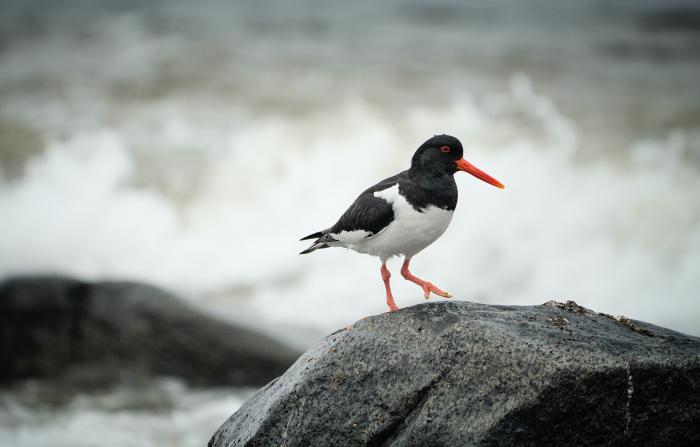
This well-recognised Exe Estuary species has the heaviest beak of any wading bird! It's protected by an armour of keratin (the same material that’s in rhino horn) and specially adapted to smash its way into marine molluscs.
Oystercatchers have a varied diet; mussels, cockles, even earthworms – though disappointingly, seldom as many oysters as their name suggests.
They are remarkably long-lived birds and are incredibly site faithful – the oldest Dawlish Warren Oystercatcher recorded was 36! Have you been walking the shore of the Exe for decades? The birds you have seen years ago, may still be the ones you see now.
Their eye and beak colour change as they mature, with juveniles having brown eyes and whilst adults are unmistakably red.
The emotive call of the Oystercatcher is iconic of our coastal estuaries and rocky shores – so it’s particularly sad that this species that has suffered substantial declines on the Exe, with the population decreasing 43.5% over the past 25 years.
Classified in the UK as Amber under the Birds of Conservation Concern 5: the Red List for Birds (2021). Listed as Near Threatened on the global IUCN Red List of Threatened Species.
